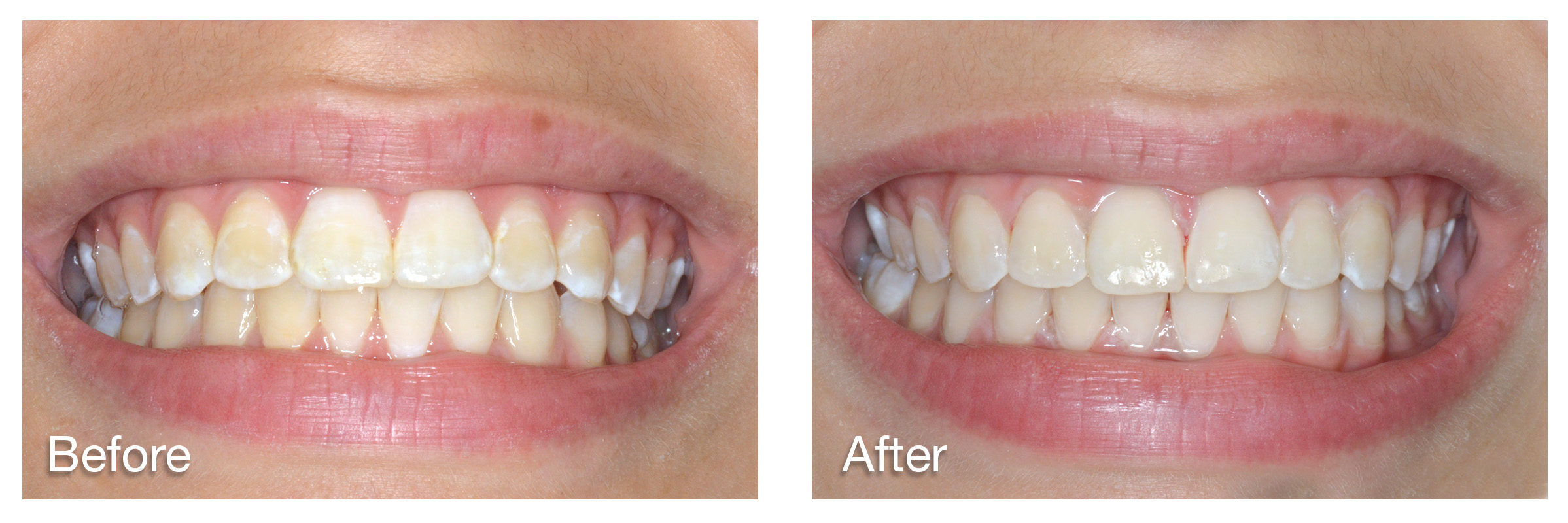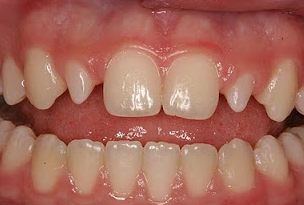White Spots Teeth

The appearance of white spots on teeth can be a cause of concern for many individuals, affecting not only the aesthetic appeal of one’s smile but also potentially indicating underlying oral health issues. These spots can arise due to a variety of reasons, ranging from harmless conditions to more serious dental problems that require professional attention. Understanding the causes, symptoms, and treatments for white spots on teeth is crucial for maintaining good oral hygiene and a healthy, beautiful smile.
Causes of White Spots on Teeth
- Fluorosis: This condition is caused by excessive consumption of fluoride, especially during the formation of teeth in children. Mild fluorosis can manifest as white spots or streaks on the enamel, while more severe cases can lead to pitting of the teeth.
- Dental Decay (Early Stages): The initial signs of tooth decay can sometimes appear as white spots on the surface of the teeth. These spots are areas where the tooth enamel has begun to demineralize due to acid attacks from plaque bacteria.
- Enamel Hypoplasia: This is a condition where the enamel does not form properly, leading to teeth that are more susceptible to decay and can appear with white spots or pits.
- Diet and Nutrition: A diet high in sugar and acids, as well as poor nutrition, can lead to the demineralization of tooth enamel, causing white spots.
- Poor Oral Hygiene: Inadequate brushing and flossing can lead to the accumulation of plaque and the eventual demineralization of tooth enamel, resulting in white spots.
- Genetic Predisposition: Some individuals may be more prone to developing white spots on their teeth due to their genetic makeup.
- Brushing Too Hard or Using a Hard Toothbrush: Aggressive brushing can wear away the enamel, exposing the dentin beneath and creating white spots.
Symptoms
- Appearance: The most obvious symptom is the presence of white spots on the teeth. These spots can be small or large, depending on the underlying cause.
- Sensitivity: In cases where the white spots are due to early stages of decay or enamel erosion, the teeth may become sensitive to hot or cold foods and drinks.
- Pain: While not always present, pain can occur if the condition progresses and the dentin or pulp of the tooth becomes exposed.
Treatment Options
The treatment for white spots on teeth can vary widely depending on the cause and severity of the condition. Here are some common approaches:
- Fluoride Treatment: For early stages of decay or fluorosis, a dentist may recommend fluoride treatments to help remineralize the tooth enamel.
- Professional Cleaning: Regular dental cleanings can help remove plaque and prevent further decay.
- Dental Fillings: If the white spots are due to cavities, fillings may be necessary to restore the tooth.
- Microabrasion: This is a mild abrasive technique that can be used to remove minor stains and smooth out the surface of the teeth.
- Enamel Microabrasion with Bleaching: For spots caused by fluorosis, this method can help reduce the appearance of the spots and then bleach the teeth to match the color.
- Veneers or Bonding: In more severe cases, or for cosmetic reasons, veneers or dental bonding can be used to cover the white spots and improve the appearance of the teeth.
- Good Oral Hygiene Practices: Preventing white spots often involves maintaining good oral hygiene, including regular brushing with a fluoride toothpaste, flossing, and limiting sugary and acidic foods and drinks.
Prevention
Preventing white spots on teeth is largely about maintaining good oral health habits and being mindful of diet and oral care practices. This includes:
- Regular Dental Check-Ups: Visiting a dentist regularly for check-ups and cleanings.
- Proper Brushing and Flossing: Brushing teeth at least twice a day with a fluoride toothpaste and flossing once a day.
- Balanced Diet: Eating a balanced diet that is low in sugars and acids.
- Avoiding Excessive Fluoride: Being cautious not to overuse fluoride products, especially in children.
Conclusion
White spots on teeth are not just a cosmetic issue but can also be an indicator of underlying dental health problems. By understanding the causes and taking proactive steps towards prevention, individuals can reduce their risk of developing these spots. For those already experiencing white spots, consulting a dental professional is the first step towards finding the appropriate treatment and restoring the health and appearance of their teeth.
What are the most common causes of white spots on teeth?
+The most common causes include fluorosis, early stages of dental decay, enamel hypoplasia, poor diet and nutrition, and poor oral hygiene practices.
How can white spots on teeth be prevented?
+Prevention involves maintaining good oral hygiene, including regular brushing with fluoride toothpaste, flossing, and limiting sugary and acidic foods and drinks. Regular dental check-ups are also crucial.
Are white spots on teeth always a sign of a serious dental problem?
+No, not always. While they can indicate early stages of dental decay or other issues, white spots can also be caused by less serious conditions such as fluorosis or enamel hypoplasia. A dental professional can provide an accurate diagnosis.

